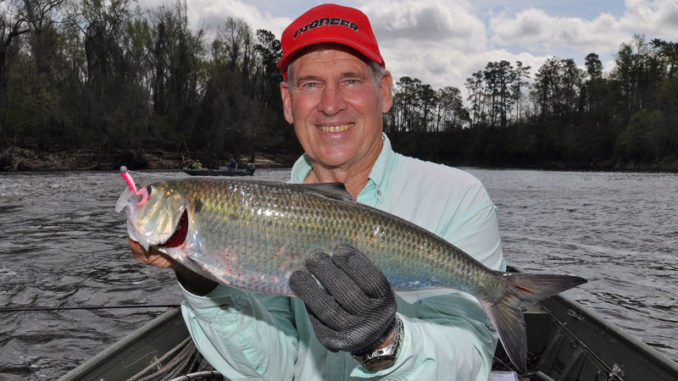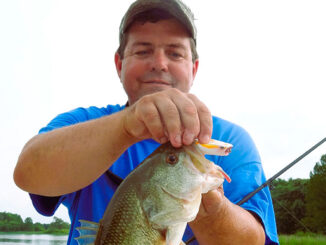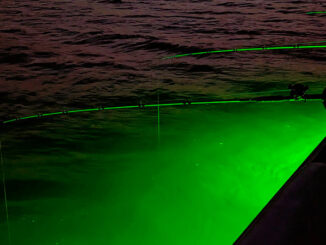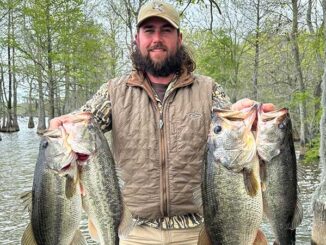
Springtime shad



During May, anglers can expect hot action from just about every species of fish that swims in the Santee Cooper lakes. […]

Nighttime is the right time for catching Santee Cooper’s springtime stripers. […]

Chris Joyner of Camden, SC had a big day of bass fishing at Santee on March 26, 2024. […]

Copyright 1999 - 2024 Carolina Sportsman, Inc. All rights reserved.
Be the first to comment